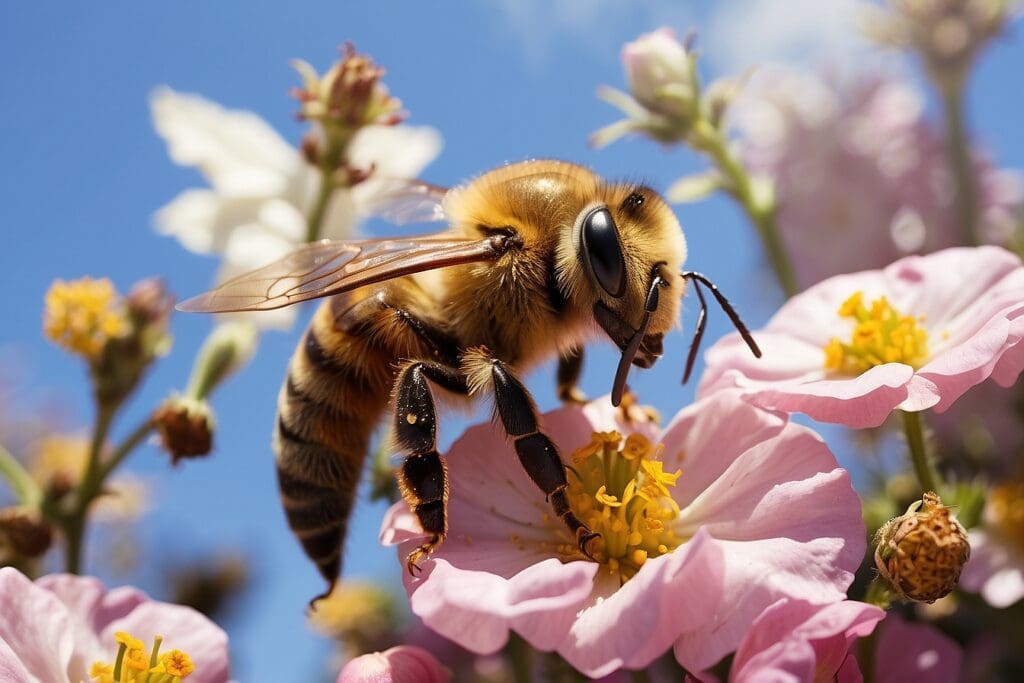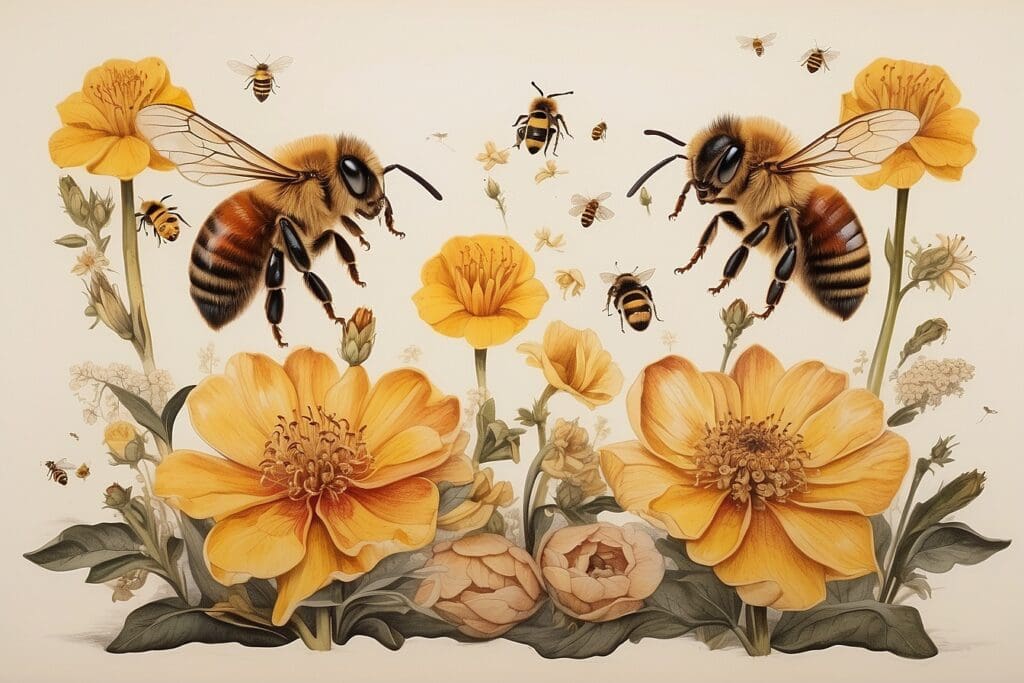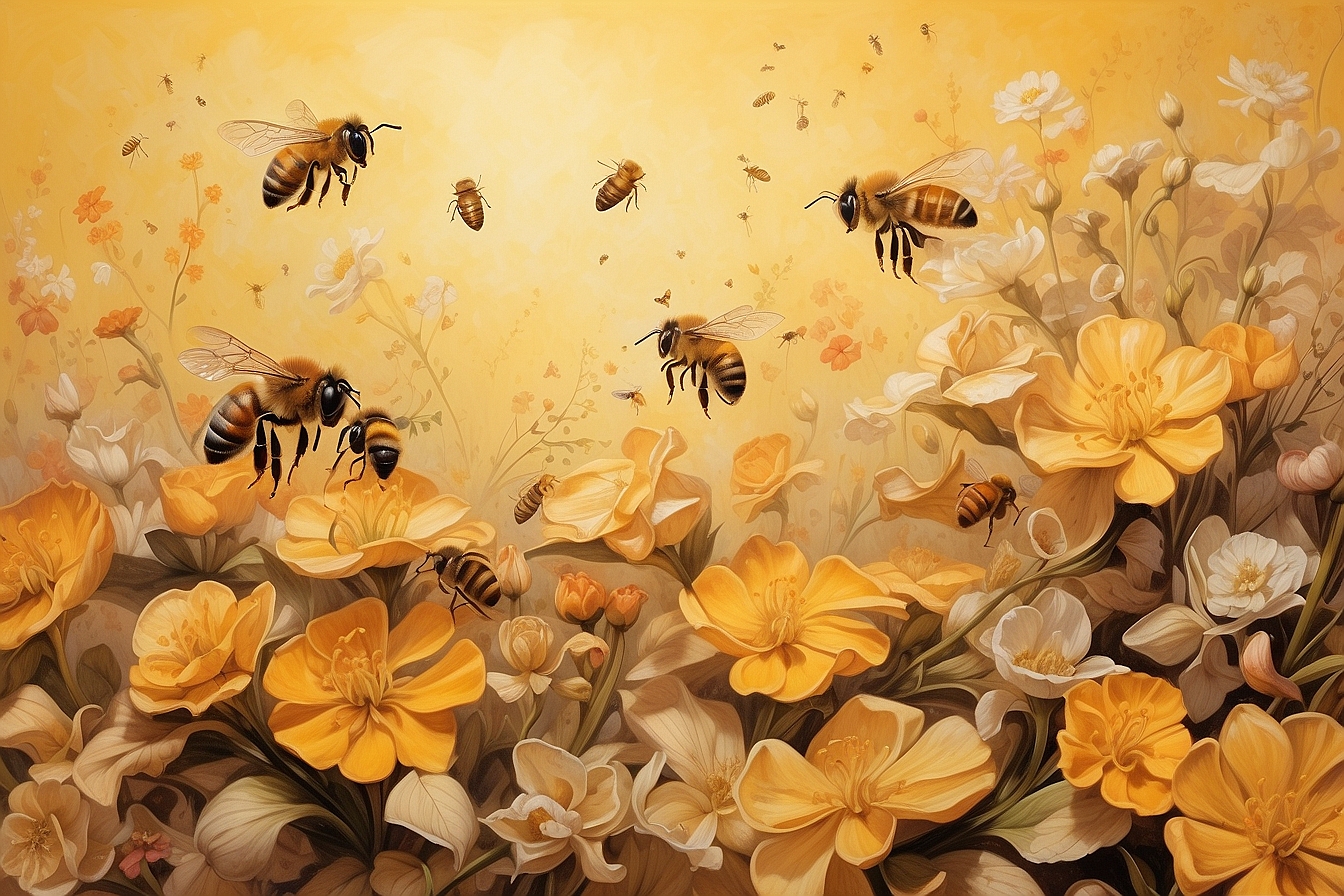Act now to save the honey bee population! Although they can give you a painful sting, bees are a vital part of human existence because they pollinate thousands of species of plants each year. About one-third of the human diet is derived from plants that require pollination from honeybees, including crops like apples, almonds and zucchini.1
It’s not news that our bee population is declining; beekeepers have slowly seen the crisis unfold for years. The New York Times reports statistics on just how bad the decline is: “Bee losses are ranging from 30 to 60 percent on the West Coast, with some beekeepers on the East Coast and in Texas reporting losses of more than 70 percent; beekeepers consider a loss of up to 20 percent in the off-season to be normal.”2
Why are the bees dying?
For the past four years the bee population has shown an abnormal decline and researchers have had trouble identifying the specific cause for this decline. Jeff Pettis, research leader of the Department of Agriculture’s Bee Research Laboratory in Maryland states: “It’s just gotten so much worse in the past four years, we’re just not keeping bees alive that long.”3 He also noted that it is common to see bees hovering over empty, vacated hives.
To add to the mayhem, in 2006 a new concern surfaced called “colony collapse disorder,” causing a large portion of bee die-off. This disorder causes bees to leave their hives and fly away without direction. The reason for this comes from a combination of causes, including parasites, bacteria, viruses, pesticides, and malnourishment.4 Many of these causes stem from human impact on the environment. For more information on the disappearance of honeybees, check out the Greeniacs Article, “Where Are the Honey Bees Going” .
What is the world doing to help save the bees?

Although the decline has gained attention over the last several years, Winter 2010 was the last straw. A federal survey found an abnormally heavy bee die-off. The survey also discovered honeybees’ hives and pollen laced with harmful pesticides. Because this past winter had such a tremendous impact on the bee population, researchers, the government, concerned citizens and companies have had enough and are taking firm strides to stop the decline.
The government is taking strong action on the dilemma. Two federal agencies as well as regulators in California and Canada are working hard to figure out what happened this winter to cause such a dangerous population decline. They have ordered new research on the pesticides currently used on crops.5 Additionally, on Thursday, March 25th 2010, a group of chemists met at a scientific conference in San Francisco, California and discussed the chemicals’ direct correlation to declining bees found in the federal study mentioned above.6
Concerned citizens want to help as well. On the social networking website, Facebook, university students started a “Save The Honey Bees” group. This active group spreads issue awareness to schools and local communities.7 The ice cream company Häagen-Dazs created promotional campaigns to help fund research. Häagen-Dazs’ campaign states: “Every time you buy a carton of our bee-built flavors, you help us get closer to reaching our donation goal.” These bee-built flavors include every flavor that uses a product pollinated by a bee.8 Häagen-Dazs also established a bee research facility along with a bee-friendly garden at University of California, Davis called “The Honey Bee Haven.”
How can you help?
Although it is hard to stop an epidemic that even scientists still have trouble understanding, there are plenty of ways to help. Along with joining groups and campaigns like the ones listed above, you can take serious action and create a bee hive at home!
You can also help researchers gain more knowledge about bees by doing experiments for them. For example, The Great Sunflower Project is a campaign pushing to gain more knowledge about bee activity. To help, you must plant a sunflower, monitor how long it takes for five bees to fly to it, record the results and send them in.9
The most mainstream way you can help is by having an overall concern for the environment and taking these concerns into consideration when making your everyday life decisions. As noted above, researchers have found that the major cause for bee decline is human impact on the environment, like the use of pesticides in produce. So, a great way to protect bees is to only purchase or grow organic fruit.
If you have a garden, plant flowers with high bee activity. Field ecologist and UCSD PhD Candidate, Megan Eckles, notes what type of plant attracts bees: “plants with large, brightly colored flowers tend to attract more bees than those with small or nonexistent flowers.”10 Along with bright, flowering plants, bees also love to stick their heads into sweet smelling plants. Some examples of such plants are honeysuckles, poppies, bee balm, and alyssum.
All in all, the bee decline is a severe issue that has a tremendous impact on human existence. Using these tips, get out there, spread the word, and help save the world’s natural gardeners.





